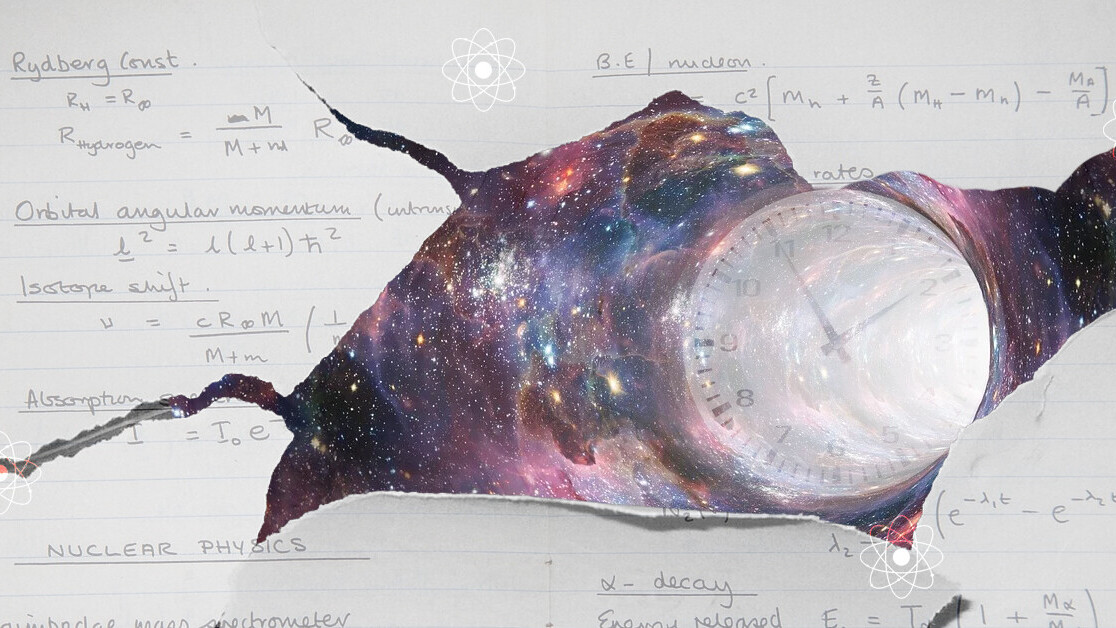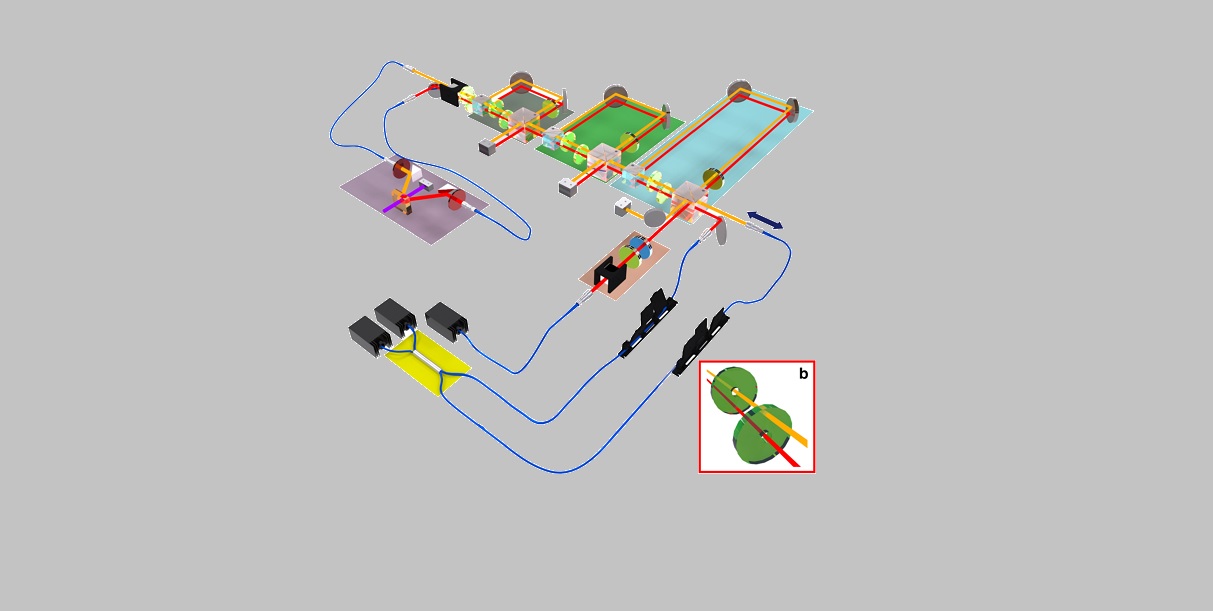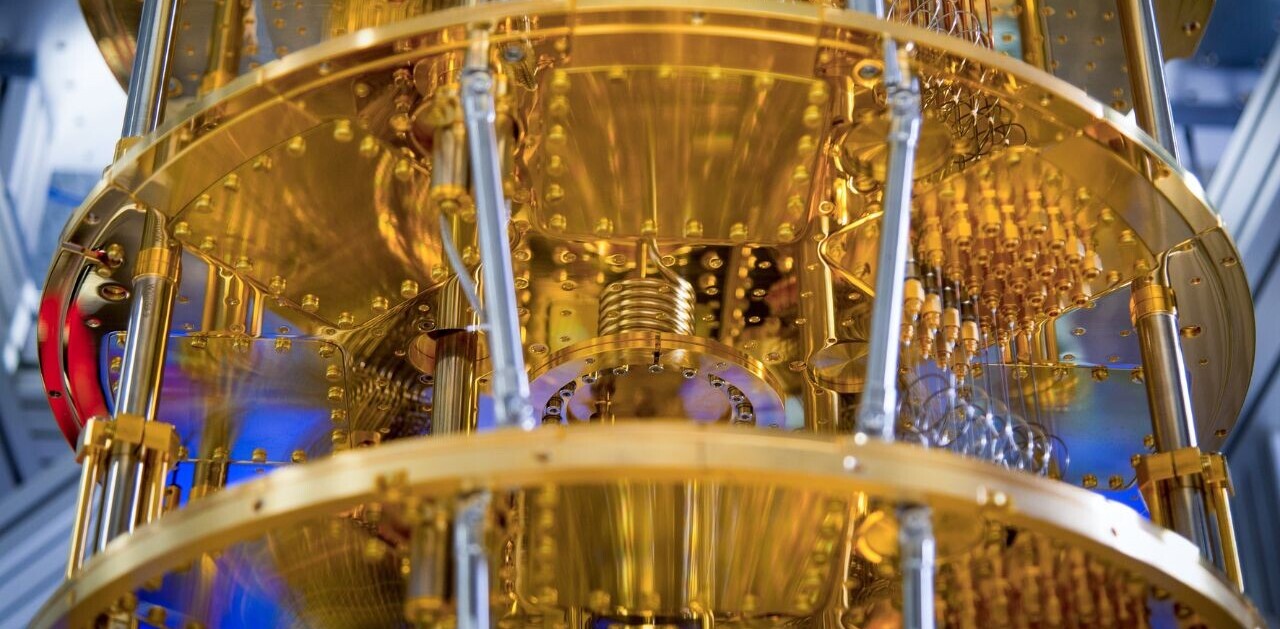
2019 was the biggest year for quantum computing since, well, ever. It’s the year IBM put a quantum computer in a box and Google claimed its Bristlecone system reached quantum supremacy. But perhaps most exciting was the incredible research happening in universities and think-tanks around the globe. From warp drives to time travel, scientists around the world released one breakthrough paper after another. Let’s have a look back.
When 2019 was a young year and most of us were still honoring our overly-optimistic New Year’s resolutions, IBM was basking in the glow of the world’s first self-contained quantum computer in a box. While this particular quantum computing event was more of an aesthetic and design breathrough than a physics and development one, it represents the turning point for quantum computers perfectly. Until now, quantum computers have been fuzzy, theoretical things that existed in the hearts and minds of physcis nerds. IBM brought one to Las Vegas for CES.
As we said at the time: IBM’s new quantum computer might not change everything, but it could make history.
Next up, we were wowed by research from a team of scientists from Griffith University in Australia and Nanyang Technological University (NTU) Singapore who developed a quantum-powered machine that accurately simulates future outcomes. Yes, they made a quantum-powered oracle that runs on AI. Right now it only predicts 16 futures – and it mostly just tries to figure out where a single photon is headed – but further development could turn this into the kind of gadget superheroes have to save the world from.

Speaking of superheroes (and villains, as the case may be) has anyone called dibs on becoming the real-world version of Magneto? We know a real Doctor Octopus already, but researchers from the Argonne National Laboratory, Oakland University in Michigan, and Fudan University in China have discovered a quantum-level exploit that has the potential to give engineers greater control over the magnetic properties of certain metals. They’re thinking more like quantum disk drives with mind-boggling amounts of storage, but we’ve already printed up “super villain” business cards.
We – and by we, we mean a team of Yale researchers working on behalf of all humanity – have solved the whole “dead cat” problem in quantum physics. The team delved inside the inner workings of quantum mechanic and caught a particle in mid leap. Yes, it was a quantum leap and now we can catch and redirect them – thank you Ziggy, but we’ve got it from here.
Scientists also simulated immortal quasiparticles that could end up creating a really, really permanent record for humanity – so watch what you’re putting out there on social media, an alien could be watching it billions of years from now and judging all of us (looking at you Elon Musk).
Oh and there was also this: Scientists at Yokohama National University teleported quantum data into the flawed heart of a diamond. Amazing.
Then came the first hints that Google was on the verge of “quantum supremacy.” At some point, someone is going to come along and build a quantum computer that can do things no classical (binary) computer can do. That’s quantum supremacy, but there’s no “official” benchmark for such a feat. Well, there wasn’t until Google came up with its own and decided it had surpassed it.
News of Google’s achievement was accidentally leaked before the company was ready, and IBM pounced all over it. We’re still not sure whether Bristlecone is supreme or not, but it sure is amazing.
What’s better than a computer that uses qubits instead of binary bits? One that uses qutrits. Well, at least theoretically. Research from several independent groups in 2019 shed new light on “qutrits,” the polyamorous version of a qubit. Actually, qutrits are analogous to trits as qubits are to bits. Read more here.
Time travel is not only possible, but all quantum computers will likely be capable of it – just not in the sense you’re used to. Here’s a thought experiment explaining how quantum computers will reach conclusions through time-travel and how that gives them an advantage over binary calculations.
And, in case you’re wondering how long it’ll take before quantum computers can do anything really cool, we might actually live inside one right now. In fact, our entire universe could be part of a greater cosmic, quantum computing system designed to… who knows, maybe we’ll find out in 2020.
There were too many breakthroughs, research papers, and huge announcements for us to cover, much less list here. But, if you ask us, 2019 was the best year for quantum physics since Einstein started thinking about relativity. And 2020 is shaping up to be even bigger. See you in the future!
Get the TNW newsletter
Get the most important tech news in your inbox each week.




